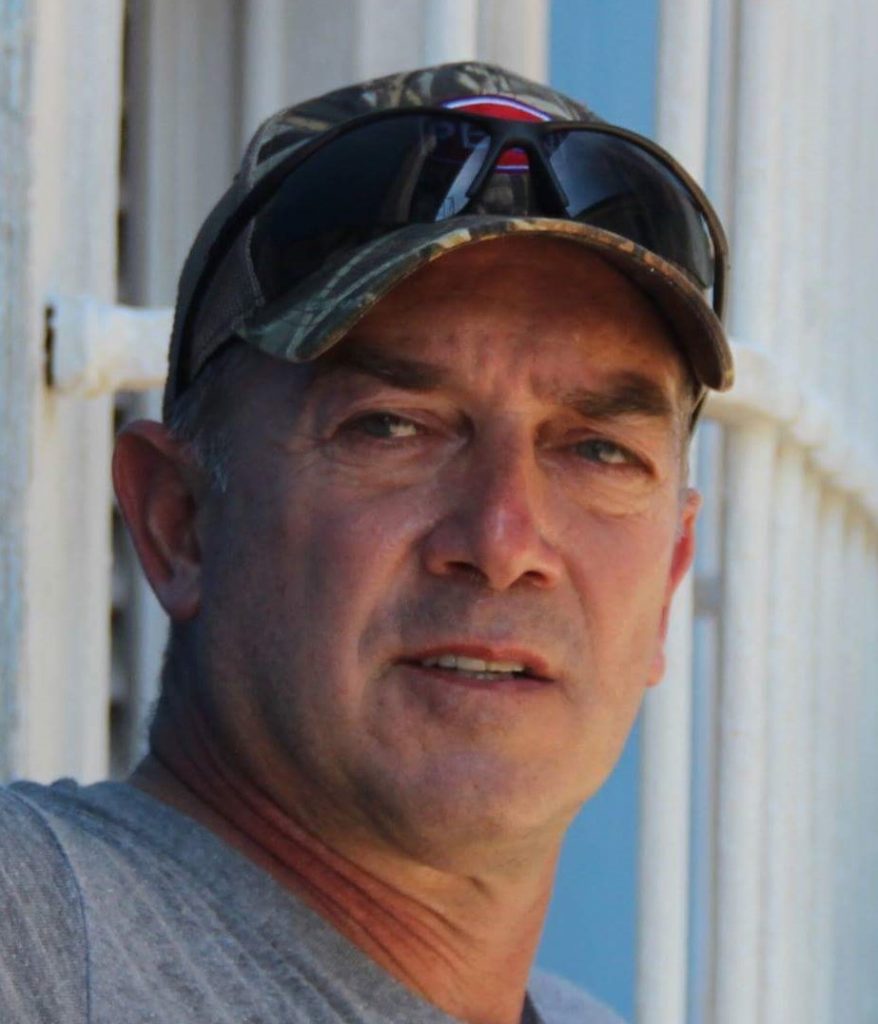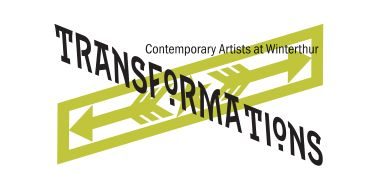Artists
Elissa Edwards and Élan Ensemble
Edwards, known for her expressive vocal interpretations, spontaneous ornamentation, and intelligent regard for communicating poetic text, specializes in historically informed performance and gesture of the 17th and 18th centuries. Edwards and Élan Ensemble used materials from the library collection and sounds recorded in the Winterthur Garden to create an audio soundscape that represents the four seasons. The recording serves as a soundtrack to the Outside In: Nature-inspired Design at Winterthur exhibition.
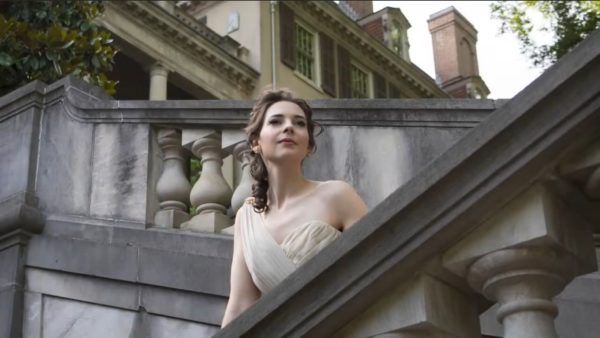
Creative Vision Factory and the Community
Creative Vision Factory (CVF) is a Delaware-based organization with a mission to foster the creative potential of individuals on the behavioral health spectrum in a studio art environment. Their work cultivates relationships with the local art community through exhibitions, workshops, and communal workspace. In 2021, Winterthur partnered with CVF to create several community-based installations that inspired deeper relationships between the museum and its surrounding communities.
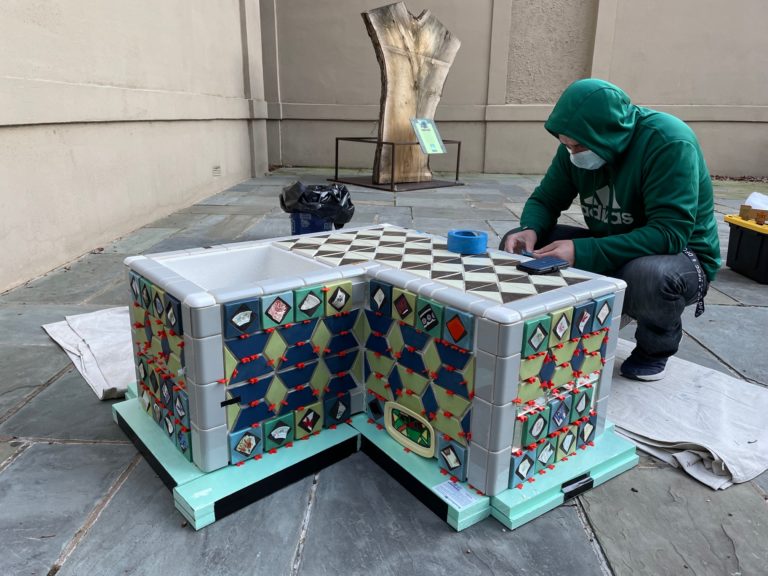
Dr. Daniel Feinberg and scientist Dr. Mary Parr from Berea College
Dr. Daniel Feinberg and scientist Dr. Mary Parr created the Radish Project, a collaborative effort using tillage radishes to break up areas of old asphalt and alleviate environmental degradation by improving soil quality and drainage. At Winterthur, the team has planted about 1,500 tillage radishes in patterns inspired by the parquet floor of the Empire Parlor and rugs in the Marlboro Room and the Port Royal Parlor.
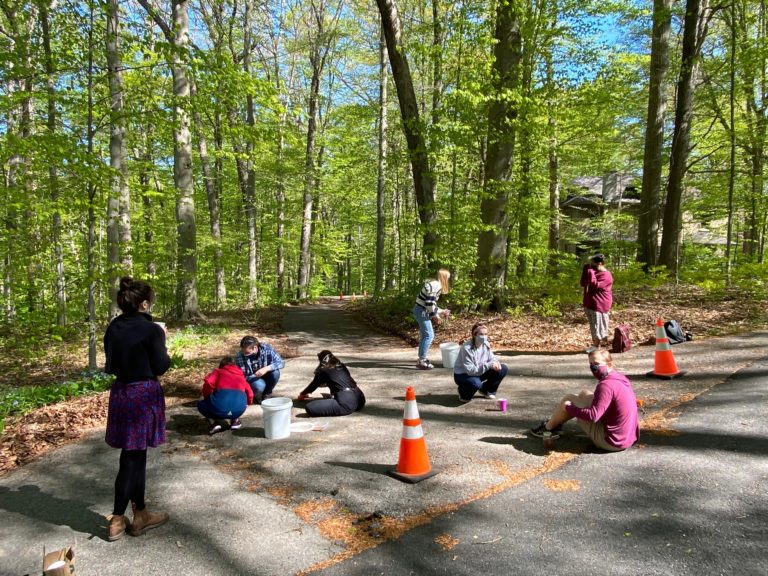
Kim Hall and Justin Hardison, Nottene
The hand-drawn, hand-screened wallpapers and fabrics of Nottene design and pattern studio evoke a range of emotions regarding history, people, and place. Nottene’s 2020 wallpaper and textile collection was inspired by Hall’s and Hardison’s Maker-Creator Fellowship at Winterthur in 2019. Hall and Hardison have redecorated the West Gallery Lounge, adjacent to the Outside In: Nature-inspired Design at Winterthur exhibition, with a mural, hand-painted fabrics, and other surprises to express their interpretation of bringing the outside in.
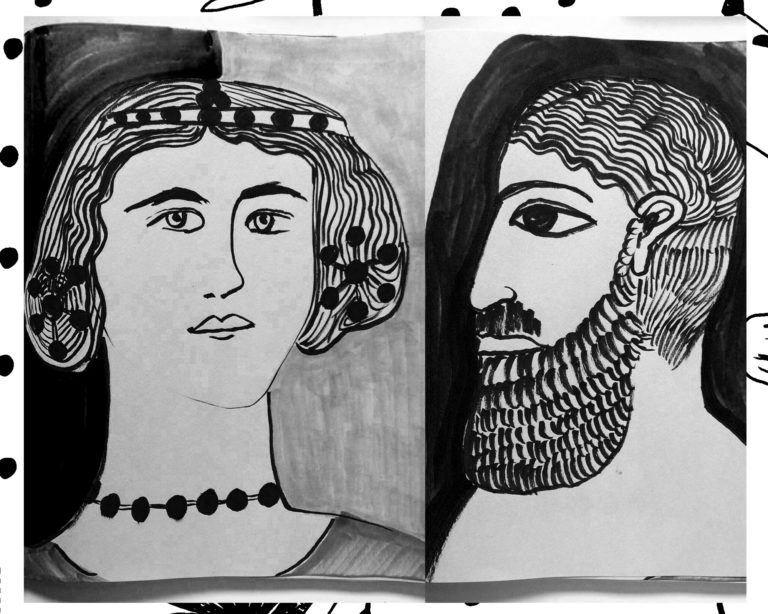
Stefania Urist
Urist’s work addresses ideas about gender, growth, architecture, and the environment while exploring the dichotomy of hard and soft, industry and domesticity, and architecture and organic growth by pushing the uses of her materials. For Transformations, Urist created several pieces, including Mapping the Impact, a glass sculpture that shows the topography of a stump as a metaphor for human impact on the environment, and Bonded Memories and Fragmented Memories, two works that together illustrate how trees are milled into lumber. Based on a pattern embossed in paper from a 300-year-old white oak tree that fell at Winterthur in 2020, the works invite visitors to consider what connects us to nature and to each other.
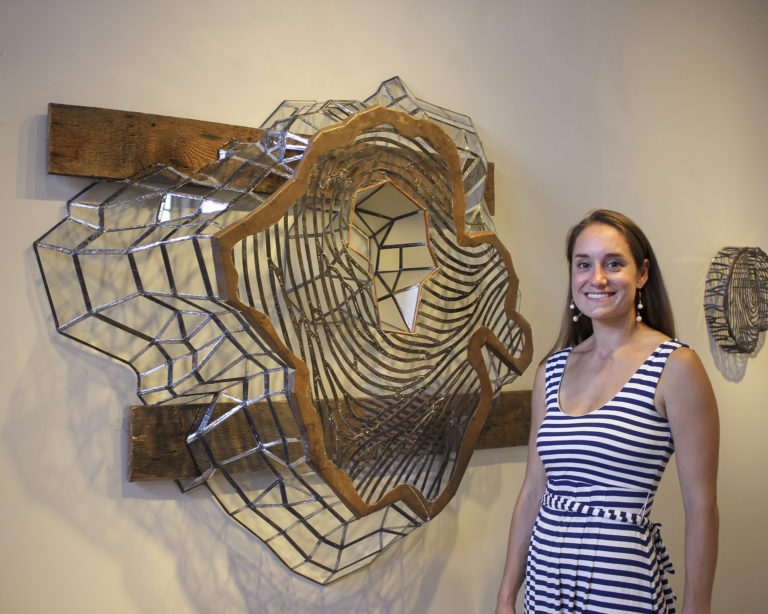
Rob Finn
Finn’s art is an investigation into the character of trees that shows how climate, geology, and human society affect the morphology of each species. A Maker-Creator Fellow at Winterthur in 2020–2021, Finn studied the grounds and created dozens of tree portraits. His watercolor tree portraits show a modern sensibility in landscape painting by focusing on individual arboreal models rather than the grand and expansive perspectives that have historically dominated the genre. Finn’s Browns Meadow Tree celebrates a 300-year-old white oak tree lost to storms in August 2020.
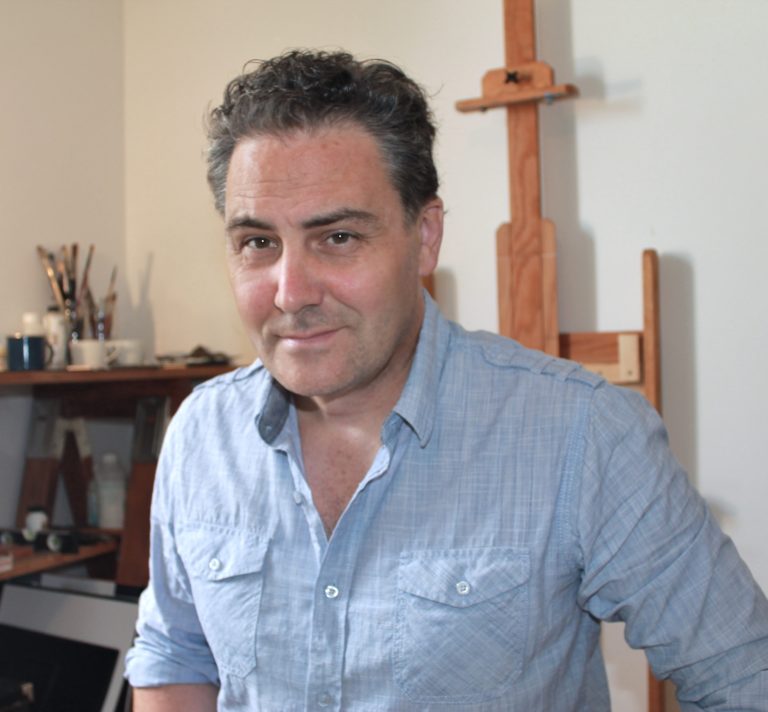
Heather Ossandon
Having observed the techniques and traditions of classically functioning ceramic communities around the world, Ossandon spotlights time-honored practices in the creation of everyday objects that are vehicles in the conversation about art and its social applications. Ossandon’s ceramic still life, Still Life with Fruit, examines the connection between the landscape and the food prepared for the many tables of the people who once lived and worked at Winterthur. Ossandon was a Maker-Creator Fellow in 2018.
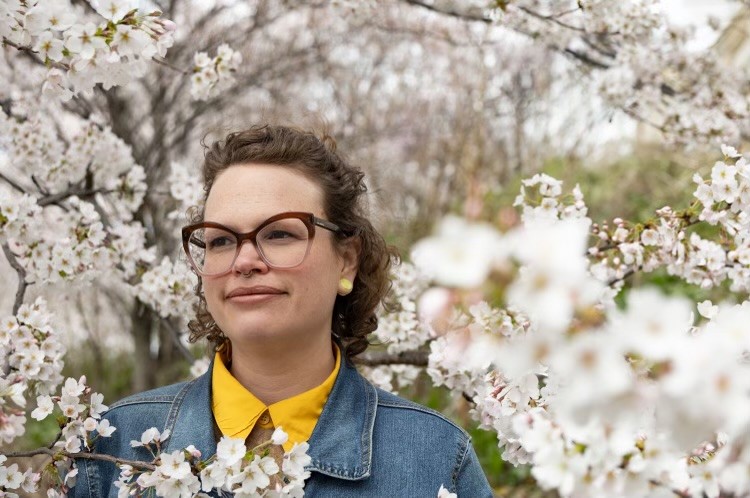
Deirdre Murphy
Artist Deirdre Murphy visited Winterthur during the summer of 2019 as a Maker-Creator Research Fellow. During that time, she investigated the absence of women’s artwork in the 18th– and 19th-century flora and fauna illustrations. Among the objects she considered were Audubon prints, wallpaper, textiles, as well as volumes from Winterthur’s rare book collection and plein air painting from the du Pont gardens. Murphy explains, “The idea of decorating the home as women’s work and being homemakers led to the idea of nesting and birds as a design motif.”
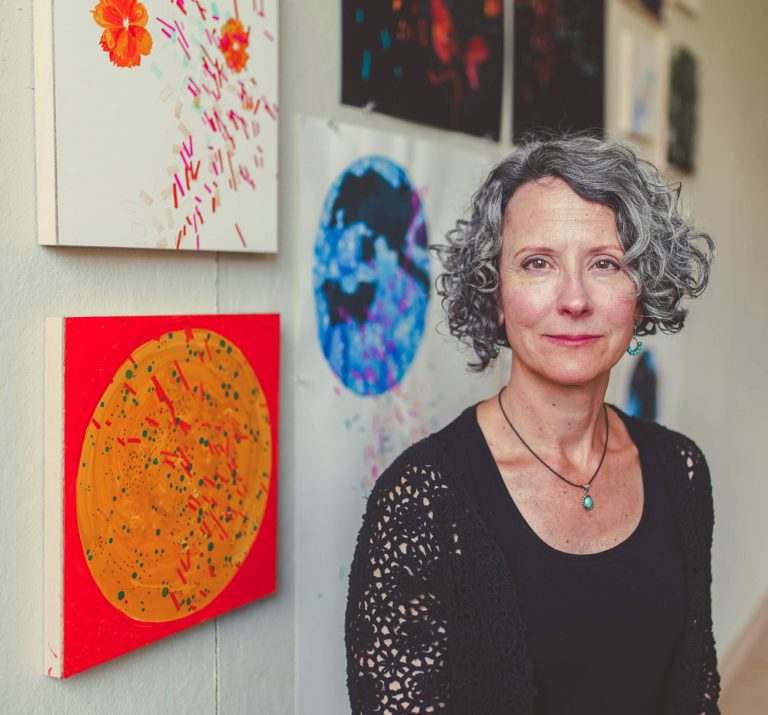
Katya Roelse
Katya Roelse is an Instructor in the Fashion and Apparel Program at the University of Delaware. She has worked in the fashion and apparel industry as a creative and technical designer for womenswear, menswear, childrenswear, uniforms, and wearable medical devices.
She teaches computer-aided design, illustration, patternmaking, and senior design. Her scholarship integrates creative design, pedagogy, and technology in fashion and apparel. She co-authored The Book Pockets: A Practical Guide for Fashion Designers in 2019. Most recently, she recreated Jacqueline Kennedy’s wedding dress for Ann Lowe: American Couturier here at Winterthur.
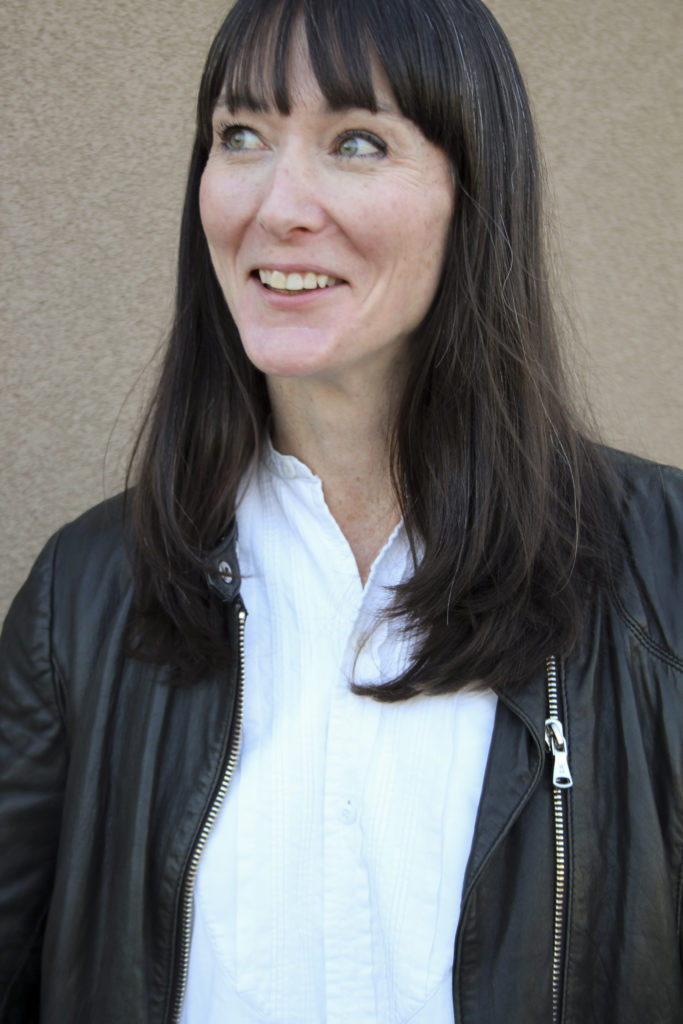
Lenny Wilson
Lenny Wilson is a Delaware native who began his horticultural endeavors over 30 years ago gardening at the Scott Arboretum in Swarthmore, PA and continues to work with plants, and in gardens, to this day. He also attended Cordwainers Technical College in London’s east end where he learned the gentle craft of shoemaking. He continues to develop his shoemaking skills and combines this with his interest in horticulture to create one-of-a-kind shoes made from plant leaves and seed pods – a unique biographical expression.
“I believe shoes are a symbol of good luck. Archeologists have found shoes among the ruins of ancient homes that were placed in the walls by their inhabitants. Shoes have been tied to the back bumpers of cars of couples that were ‘just married’. Dorothy’s ruby slippers protected her and transported her back to safety. Shoes reveal a lot about a person. To walk a mile in another’s shoes is to gain familiarity to that person’s experiences. Even though these shoes have never been worn they assume a personality all their own.”
